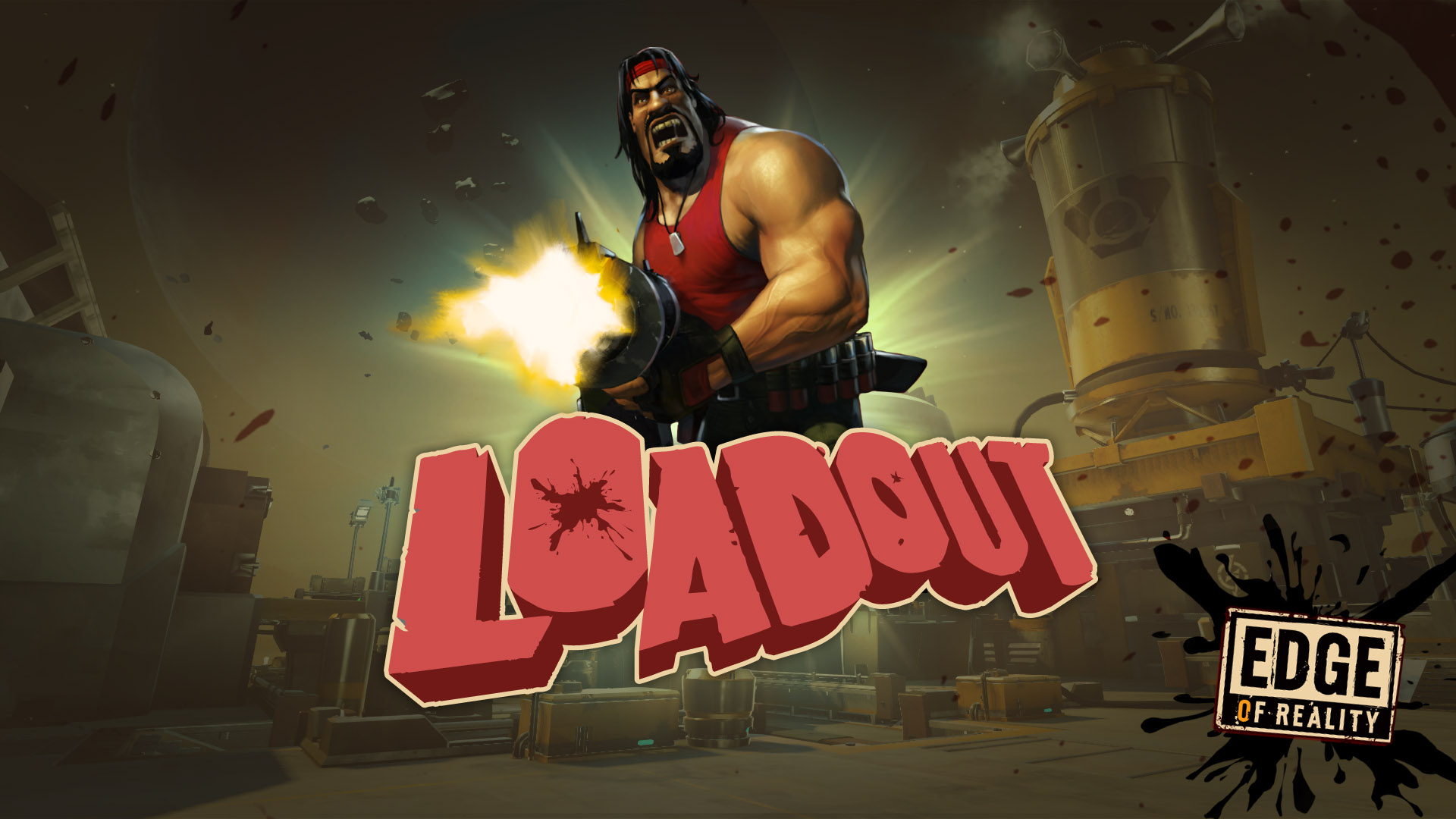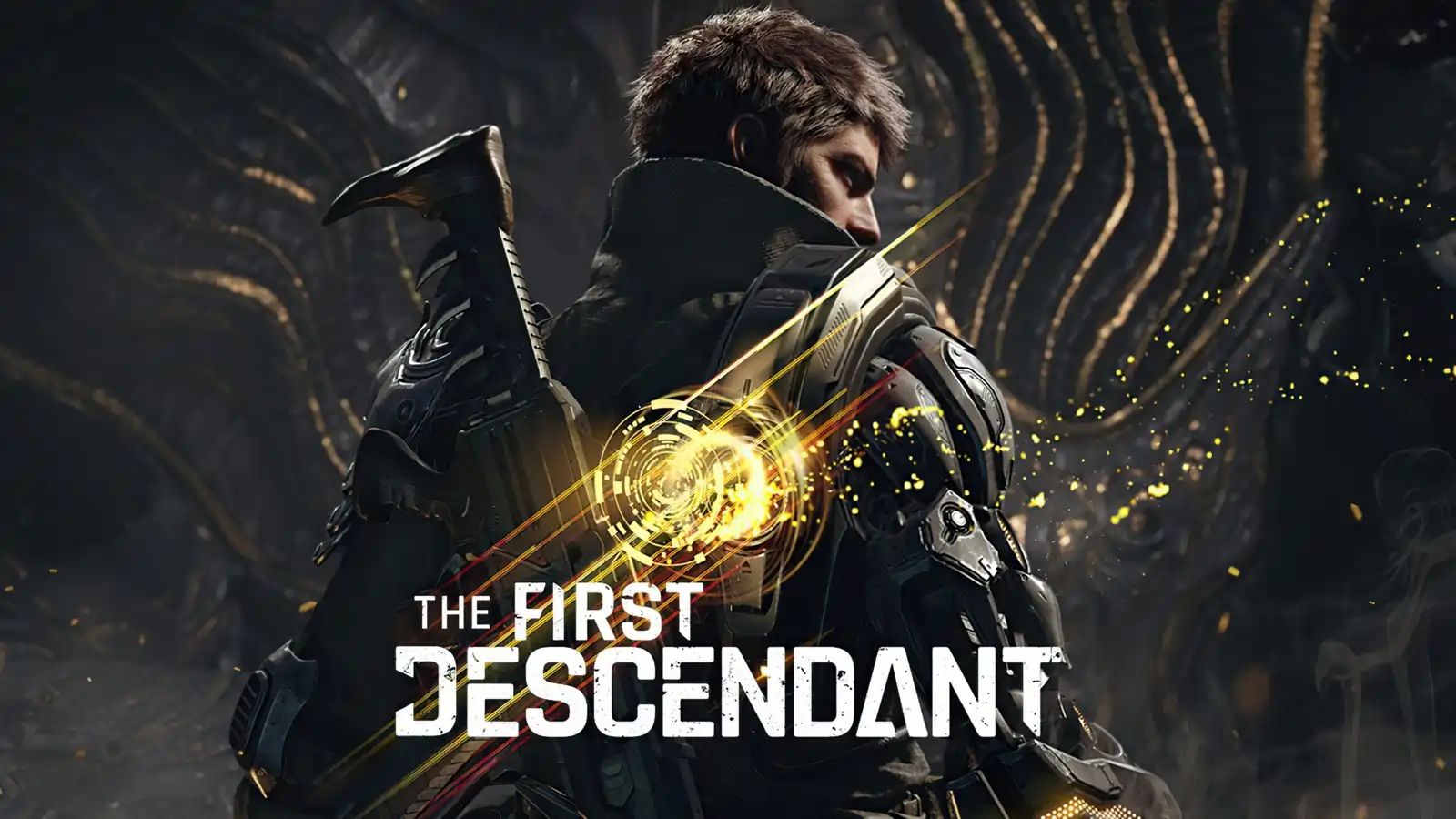Introduction to Loadout: A Complete Overview
What is Loadout?
Loadout was an innovative free-to-play third-person shooter developed by Edge of Reality. Known for its cartoonish and exaggerated visual style, Loadout allowed players to create and customize their weapons in a multitude of ways. The game stood out for its over-the-top action, humor, and the ability to build unique weaponry tailored to individual playstyles.
A Brief History of Loadout
Released in January 2014 on PC and later on PlayStation 4, Loadout quickly garnered attention for its unique approach to weapon customization. Edge of Reality, the developers behind the game, sought to offer something different from the typical military shooters of the time by focusing on outrageous humor and creativity in gameplay.
Gameplay Mechanics: How Loadout Works
Loadout combined fast-paced action with deep weapon customization. Players could create their weapons from scratch, choosing from a variety of components like barrels, stocks, triggers, and more. This allowed for an almost infinite combination of weapons, each with unique characteristics that affected gameplay.
Why Loadout Stood Out in the FPS Market
What made Loadout particularly special was its emphasis on player creativity. Unlike other shooters where players are limited to pre-designed weapons, Loadout allowed for a level of customization that was unparalleled at the time. The game’s lighthearted tone, coupled with its rich customization options, helped it stand out in a crowded market.
Loadout Weapon Customization: A Deep Dive
Understanding Weapon Crafting in Loadout
Weapon crafting in Loadout was the core feature that defined the game. Players could combine different weapon parts to create their ultimate weapon. The possibilities were endless, allowing players to tailor their loadout to fit any situation, whether they preferred long-range sniping, close-quarters combat, or something in between.
Types of Weapons in Loadout
1. Rifles
Rifles in Loadout were versatile and could be customized for various ranges and firing modes. Whether it was a rapid-firing automatic rifle or a precise semi-automatic, the customization allowed players to adapt to different playstyles.
2. Shotguns
Shotguns were perfect for close-range combat, delivering devastating power in a single blast. Players could modify the spread, damage, and reload speed to suit their preferences.
3. Launchers
Launchers provided heavy firepower, ideal for taking out groups of enemies or dealing significant damage to tougher opponents. Customization options included altering the explosive radius, damage, and projectile speed.
4. Beam Weapons
Beam weapons offered continuous damage with a laser-like effect, useful for both offense and defense. Players could tweak the beam’s intensity, range, and energy consumption.
Best Weapon Customizations for Different Playstyles
1. Close-Range Combat
For players who preferred getting up close and personal, a shotgun with increased damage and faster reload times was ideal. Pairing this with a secondary weapon like a rapid-firing SMG could cover short distances effectively.
2. Long-Range Engagements
A rifle with enhanced accuracy and scope attachments was the go-to choice for long-range engagements. Customizing a launcher with extended range could also help in dealing with distant threats.
3. Support Roles
For those who preferred playing support, beam weapons customized for healing or crowd control were essential. These could be paired with utility weapons that provided buffs or debuffs to allies and enemies.
Balancing Customization with Performance
While customization was the heart of Loadout, balancing the performance of weapons was crucial. Players needed to consider factors like recoil, reload speed, and damage output to create an effective loadout that didn’t sacrifice performance for creativity.
Loadout Game Modes: Exploring Different Ways to Play
An Overview of Loadout’s Game Modes
Loadout offered a variety of game modes, each catering to different playstyles and preferences. From team-based objectives to all-out deathmatches, the game ensured there was something for everyone.
Team Deathmatch: Classic Action with a Twist
In Team Deathmatch, players were divided into teams, with the objective being to eliminate as many opponents as possible. The twist in Loadout was the ability to respawn with different loadouts, allowing players to adapt their strategy mid-game.
Blitz: Fast-Paced Objective-Based Gameplay
Blitz mode was all about capturing points on the map. Teams had to work together to secure objectives while fending off the opposing team. The dynamic gameplay required quick thinking and adaptability.
Extraction: A Test of Coordination and Strategy
In Extraction mode, teams competed to collect resources scattered around the map. The team that collected the most resources within the time limit won. This mode tested players’ ability to coordinate and strategize under pressure.
Annihilation: The Ultimate Challenge
Annihilation was the most intense mode in Loadout, combining elements from all other modes into one. Teams had to complete various objectives, including capturing points, collecting resources, and eliminating enemies. The complexity and intensity of this mode made it a favorite among hardcore players.
Loadout Reviews: What Players and Critics Said
Player Reviews: What the Community Loved
Loadout received a warm reception from players, particularly for its innovative weapon customization and humorous tone. Players appreciated the freedom to create their weapons and the game’s lighthearted approach to combat. The fast-paced action and diverse game modes also received praise, with many players noting the game’s ability to remain fun even after extended play.
Common Criticisms of Loadout
Despite its many strengths, Loadout was not without its flaws. Some players felt that the game’s matchmaking system was unbalanced, leading to lopsided matches. Others criticized the game’s reliance on microtransactions, which some felt gave paying players an unfair advantage. Additionally, the game’s servers and occasional bugs detracted from the overall experience for some users.
Critical Acclaim: How Loadout Fared with Game Critics
Loadout was generally well-received by critics, who praised its unique customization system and refreshing take on the third-person shooter genre. The game’s humor and art style were also highlighted as strengths. However, like players, critics pointed out issues with the game’s monetization model and server stability.
Notable Reviews and Ratings
Several gaming publications and websites reviewed Loadout, often giving it favorable ratings. For instance, IGN praised the game for its creativity and fun factor, while GameSpot highlighted the depth of its customization options. On Steam, Loadout maintained a “Mostly Positive” rating, reflecting the community’s overall satisfaction with the game.
The Demise of Loadout: What Went Wrong?
The Decline in Player Base
Despite a strong start, Loadout’s player base began to decline over time. Several factors contributed to this, including the rise of competing free-to-play shooters and the game’s own issues with balancing and matchmaking. The decline in active players made it harder for new players to find matches, creating a vicious cycle that further reduced the player base.
Server and Technical Issues
Loadout’s servers were a frequent point of contention among players. Server stability issues, lag, and occasional downtime frustrated the community. These technical issues, combined with bugs that occasionally affected gameplay, eroded the player base’s confidence in the game.
The Impact of Microtransactions
Loadout’s monetization model was another area of criticism. While the game was free-to-play, it offered various microtransactions that allowed players to purchase in-game currency, cosmetics, and even some gameplay-affecting items. Some players felt that this gave an unfair advantage to those willing to spend money, creating a divide between paying and non-paying players.
The Closure of Loadout: A Sad Farewell
In May 2018, Edge of Reality announced that Loadout would be shutting down due to financial difficulties and the rising cost of maintaining the game’s servers. The announcement came as a disappointment to the loyal community that had supported the game. On May 24, 2018, the servers were officially taken offline, marking the end of Loadout’s journey.
Loadout Game Official Trailer by The Ultimate Review
Frequently Asked Questions (FAQs): about Loadout:
Q1: What Made Loadout Different from Other Shooters?
A: Loadout stood out due to its extensive weapon customization system and humorous, cartoonish art style. Unlike other shooters that offered fixed weapon sets, Loadout allowed players to create their weapons from scratch, tailoring them to their preferences and playstyles.
Q2: Was Loadout Pay-to-Win?
A: While Loadout was free-to-play, it did offer microtransactions that some players felt gave paying players an advantage. However, the developers maintained that the game could be enjoyed fully without spending money, and many players agreed that skill and strategy played a larger role in success than purchases.
Q3: Why Did Loadout Shut Down?
A: Loadout shut down due to financial difficulties and the increasing cost of maintaining its servers. The declining player base and competition from other free-to-play shooters also contributed to the game’s closure.
Q4: Can Loadout Be Played Offline?
A: No, Loadout was an online multiplayer game and could not be played offline. The game relied on its servers for matchmaking and gameplay, which meant that when the servers were taken offline, the game became unplayable.
Q5: Are There Any Games Similar to Loadout?
A: Yes, several games offer similar gameplay experiences to Loadout. Games like “Team Fortress 2,” “Paladins,” and “Overwatch” share some of Loadout’s emphasis on fast-paced action and unique character abilities. However, few games offer the same level of weapon customization that Loadout did.
Q6: Was Loadout Available on Consoles?
A: Yes, Loadout was available on PlayStation 4 in addition to its initial release on PC. However, like the PC version, the console version also became unplayable after the servers were shut down.
Q7: Is There Any Chance of Loadout Returning?
A: Loadout. The developers have moved on to other projects, and the financial challenges that led to the game’s closure make a return unlikely. However, the community still holds out hope that a similar game could be developed in the future.
Conclusion: The Legacy of Loadout
Loadout’s Place in Gaming History
Loadout may no longer be playable, but its impact on the gaming industry remains. The game’s innovative weapon customization system and unique sense of humor set it apart from other shooters of its time. While it had its flaws, Loadout’s creativity and fun factor made it a memorable experience for those who played it.
What Loadout Taught the Gaming Industry
Loadout demonstrated the potential of combining deep customization with fast-paced action. It showed that players valued the ability to express themselves through their in-game creations and that humor and creativity could coexist with competitive gameplay. Despite its eventual decline, Loadout left a lasting impression on the genre and paved the way for future games to explore similar ideas.
The End of an Era
The closure of Loadout marked the end of an era for many of its fans. The game’s unique blend of humor, customization, and action will be missed, but its legacy lives on in the memories of those who enjoyed it. As the gaming industry continues to evolve, Loadout remains a reminder of the importance of innovation and creativity in game design.



